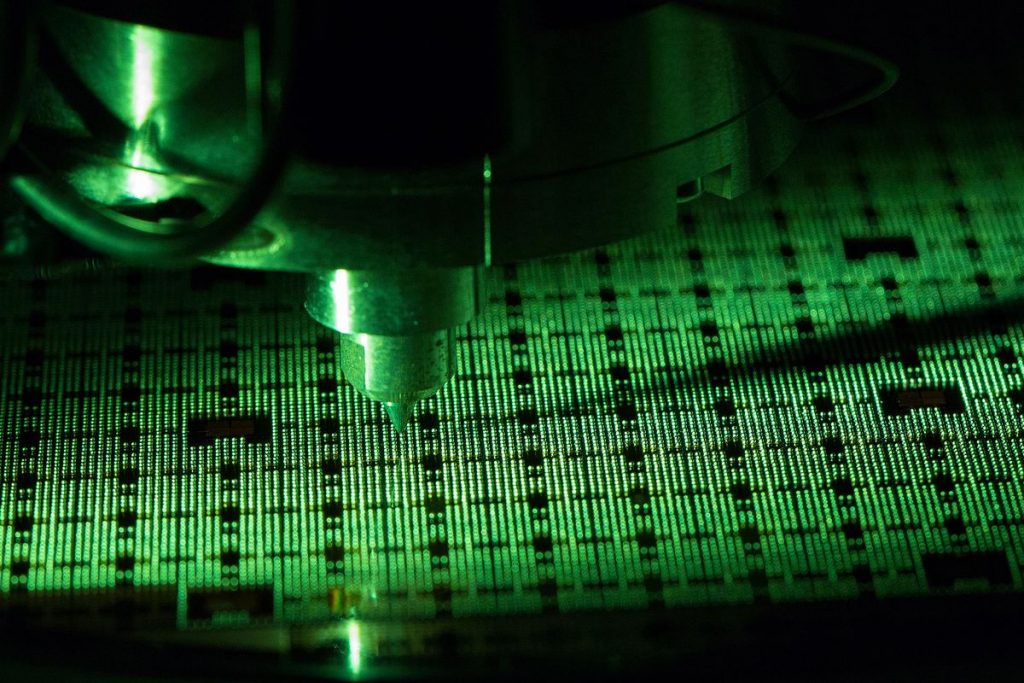MBSB Research is maintaining their neutral stance on the technology sector following their participation in the recently concluded ASEAN Semiconductor Summit 2025 (ASEMIS).
The government’s effort to reestablish the country’s positioning in the semiconductor global supply chain has started to yield results.
A year after the announcement of the National Semiconductor Strategy (NSS), a notable strategic investment of RM63 bil has been secured, along with over 13k talent being groom as well as wider research and development (R&D) footprint.
IN 2023, the ASEAN semiconductor market stood at over USD 31 bil. By 2032, the ASEAN semiconductor market has the potential to exceed USD52 bil by moving up the value chain.
To further drive growth in the Malaysia as well as the broader ASEAN semiconductor landscape, the government put forth three new measures in the areas of capital, G2G collaboration and talent.
“While we acknowledge the milestone and commitment to the target set, we view that we are still at an early stage of the progress. Thus, more time is required to climb up the semiconductor value chain,” said MBSB.
The NSS was announced in May 2024 to redefine the country’s position in the global semiconductor supply chain.
It focuses on integrated circuit (IC) design, advanced packaging and advanced manufacturing equipment.
In addition, it also seeks to train 60k high-skilled engineers and establish a global R&D hub for semiconductors.
As of March 2025, Malaysia has secured over RM63 bil in semiconductor investments. Of this RM 59 bil originated from foreign investors while the remainder RM5 bil came from domestic sources.
Some of the notable projects include Carsem’s advanced packaging for energy efficiency, EV, connectivity and AI; NXP’s semiconductor products, Infineon’s world’s largest 200mm silicon carbide (SiC) power fab, Syntiant’s MEMS microphone and sensors; and Plexus’ manufacture and re-manufacture of Printed Circuit Boards.
Meanwhile, more than 13k highly skilled workers have been trained through national programmes such as CREST’s ETSI and TalentCorp’s MyMahir initiative.
The R&D footprint is also growing, supported by including Penang’s Silicon Design@5km+, Selangor’s IC Design Park and Sarawak’s SMD Semiconductor initiative.
Firstly, the government aims to unlock more catalytic capital to support early-stage R&D, product development, and ecosystem scaling.
This includes a suite of targeted financing instruments, matching funds, and customised incentives, alongside continued investments by the GLICs.
Secondly, the government is also seeking deeper G2G cooperation. This will be carried out via the creation of ASEAN Framework for Integrated Semiconductor Supply Chain (AFISS).
The framework will revolve around policy alignment, infrastructure readiness and deeper cross-border collaboration.
Thirdly, to further close the gap on talent shortage, the government will also drive stronger collaboration across public, private, and academic institutions.
This also extends to intensifying R&D efforts through strategic collaboration between government, industry, and academia. —July 1, 2025
Main image: The Malaysian Reserve




